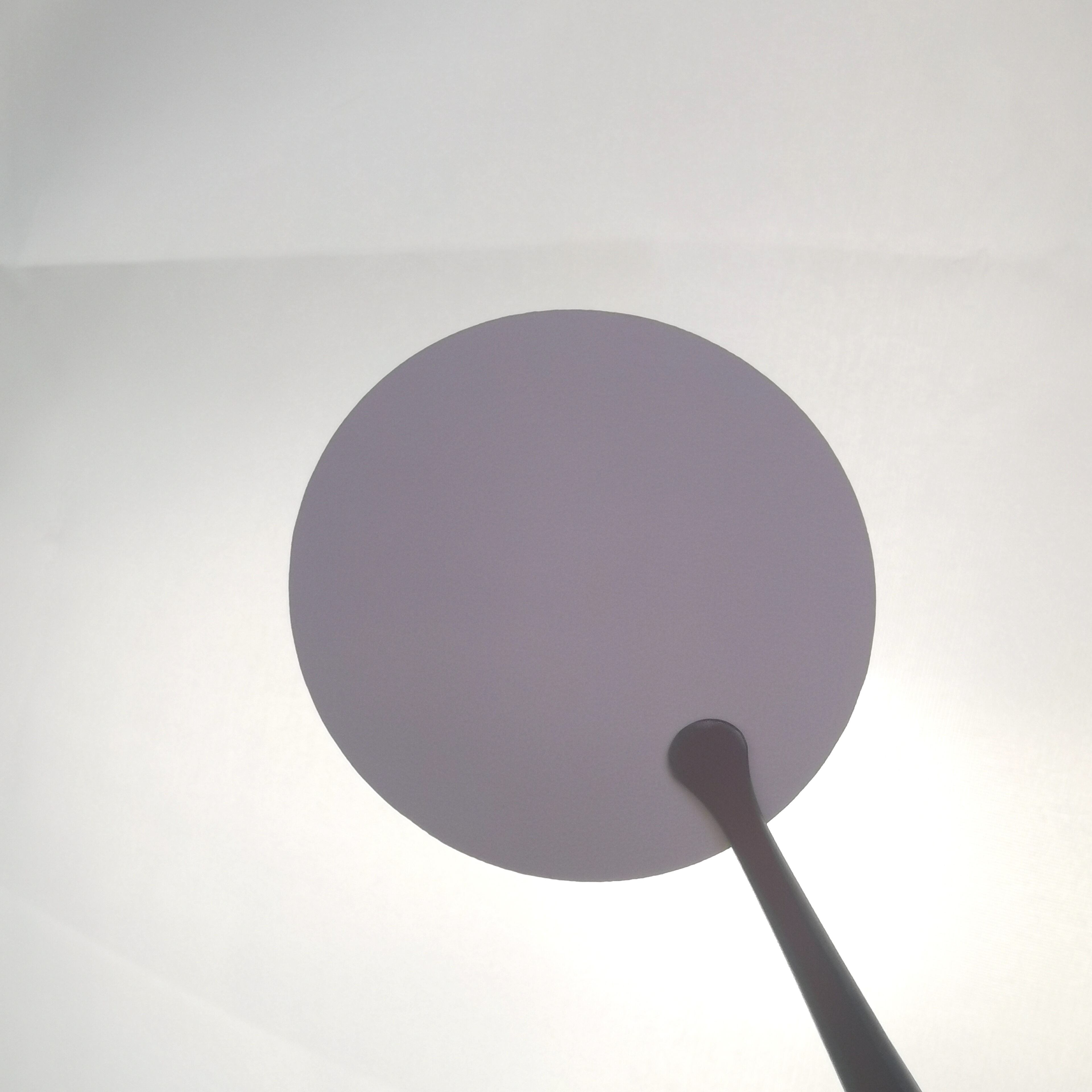filter membrane types
Filter membrane types represent a crucial component in modern filtration technology, encompassing various materials and designs engineered for specific separation needs. These membranes include microporous, ultrafiltration, nanofiltration, and reverse osmosis membranes, each serving distinct purposes in filtration processes. Microporous membranes feature precisely controlled pore sizes, typically ranging from 0.1 to 10 micrometers, ideal for particle removal and microfiltration applications. Ultrafiltration membranes operate with even smaller pore sizes, effectively removing macromolecules, proteins, and colloids from solutions. Nanofiltration membranes possess incredibly fine pores that can separate molecules at the nanometer scale, particularly useful in water softening and selective ion removal. Reverse osmosis membranes represent the most selective type, capable of removing dissolved salts and contaminants at the molecular level. These membrane types find extensive applications across industries, from water treatment and food processing to pharmaceutical manufacturing and biotechnology. Their effectiveness relies on factors such as material composition, pore size distribution, surface chemistry, and mechanical strength, all of which are carefully engineered to meet specific filtration requirements.
